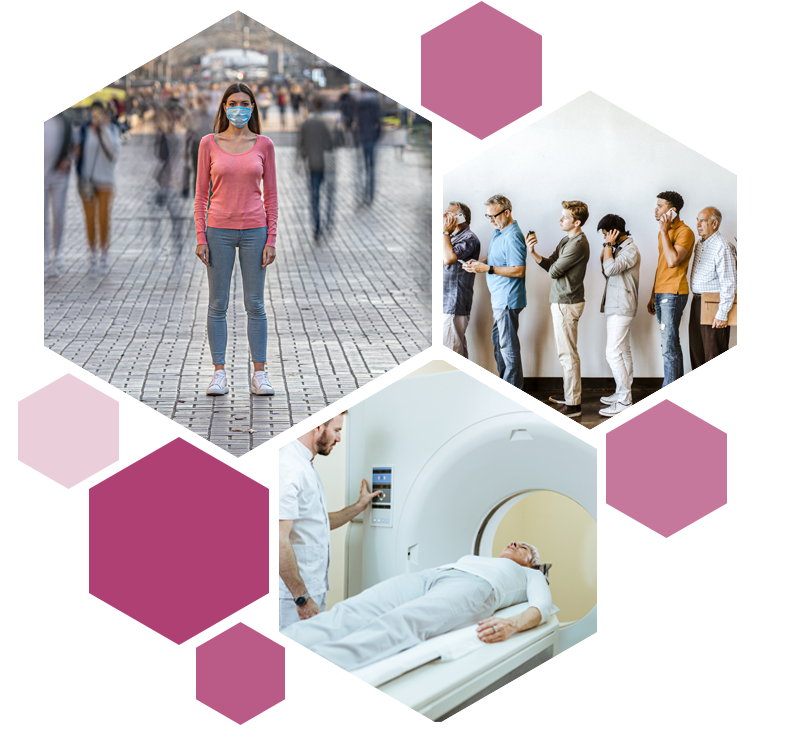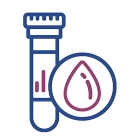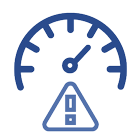
What is lung cancer screening?
Lung cancer screening looks for signs of lung cancer in people who do not have any symptoms.
This is unlike early diagnosis, which usually involves a person becoming aware of symptoms and consulting a medical professional (who then refers them for tests to check if lung cancer is present).
It doesn’t prevent a person from getting lung cancer. Instead, it looks for groups of cells that look like cancer cells but aren’t yet able to spread (known as ‘precancerous lesions’) and cancers at early stages, before they start to cause symptoms.
At early stages, there is more chance that a lung cancer will be small and won’t have started spreading, increasing the chance that it can be cured.
Who can participate in lung cancer screening?
Whether or not lung cancer screening is available depends on your country and region. People who are eligible to take part in national or regional lung cancer screening programmes are usually at high risk of developing lung cancer and appear healthy.
Rules about who can be take part vary between screening programmes, but they usually consider the following factors.
Some programmes use a person’s ‘pack-year’ history to help decide whether a person who currently uses or has ever used tobacco is eligible for lung cancer screening. One pack-year describes 1 pack of cigarettes being smoked every day, on average, for 1 year. For example, a 10 pack-year history could describe someone who had smoked 1 pack of cigarettes every day for 10 years, or someone who had smoked half a pack every day for 20 years. People with greater pack-year histories are at greater risk of developing lung cancer.
What does lung cancer screening involve?
If you are invited to have lung cancer screening, the first step is usually an appointment with a medical professional at your local surgery or hospital. They will ask questions to help work out your risk of developing lung cancer.
- If necessary, you will be referred for a type of X-ray scan called a low-dose computed tomography (LDCT) scan. An LDCT scan takes lots of pictures of the insides of the lungs and a computer then puts them together to make a 3-dimensional (3D) image. It can show early-stage lung cancers that are too small to be detected by a standard chest X-ray.
- During the LDCT scan, you will lie on a table that slowly moves inside a large doughnut-shaped scanning machine. You will need to lie very still during the scan. The machine takes lots of pictures from different angles and may make noises while it does this. The scan is painless and only takes a few minutes (although the appointment may take around 30 minutes).
- It may take a few weeks for you to get the results of your LDCT scan. The pictures and 3D image will be checked by a radiologist (a doctor that specialises in using medical imaging methods, like LDCT, to diagnose and treat diseases and injuries).
Other tests may be done around the same time, particularly if the scan shows something abnormal. These include the following tests.

Spirometry
This can be used to check aspects of your breathing by measuring how much air you can breathe out in one forced breath.

Blood sample analysis
Also known as a ‘liquid biopsy’, this involves a sample of blood being sent to a laboratory for testing.

Tissue biopsy
This involves small amount of tissue being removed from the body (usually from the lung) and sent to a laboratory for testing.
What are the benefits of lung cancer screening?

The possibility of finding lung cancer at an early stage.

The earlier the stage of a cancer when it is found, the better the chance of it being treated effectively.

By working out each person’s risk of lung cancer, LDCT scans can be targeted to those who are at greater risk of developing lung cancer.
What are the limitations of lung cancer screening?
- LDCT scans involve being exposed to a low dose (amount) of radiation, although the level is very low.
- Depending on the results of screening, you may need to have other tests, which may have their own risks. These may include a tissue biopsy, blood sample analysis or spirometry.
- The scan may detect something that isn’t cancer but that looks like it (this is called a ‘false positive’), or a different health problem that may mean you need further tests (these are called ‘incidental findings’), which can be stressful.
- Some lung cancers are unlikely to become advanced and a threat to a person’s health in their lifetime. If they are found by screening, the person may have treatment that would never need (called ‘overdiagnosis’).
- Depending on your risk of developing lung cancer, screening sessions may take place over a number of years. This may cause anxiety each time a scan is done and while waiting for your results.
- Some lung cancers may be missed by screening (this is called a ‘false negative’).








